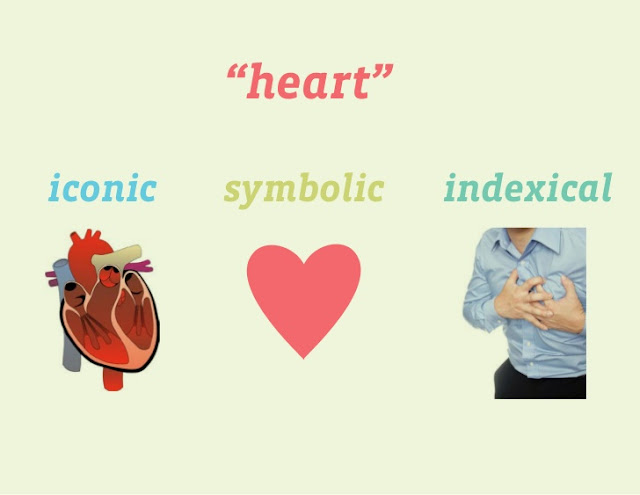Q1:Compare the advertisement of a local brand in different language editions and demonstrate how semiotics can reveal the differences and similarities between them.
Firstly, I will explain what is the term 'semiotic' means in this post.
Semiotic also known as 'semiology'. Semiotics is the study of signs and signifying practices. A sign can be characterized as any substance (words, pictures, objects, etc) that refer to something else. Semiotics indicates how the relationship between the sign and the 'something else' results from what our general public has taught us. Semiotics is concerned with the way that the reference is neither unavoidable nor important (Curtin, n.d).
Sign consists two component that can not be separated which are signifier and signified. Signifier represents its "form", while the signified represents the idea the sign expresses.
Signifier/Denotation + Signified/Connotation = Sign
http://www.ourdesign.us/2011/04/26/signifier-and-signified-poster/
https://mariamichaelresearch.wordpress.com/2014/10/07/legibility-in-typography/
Iconic -Signifier is perceived as resembling the signified
Indexical - An indexical sign has a direct relationship to the signified
Symbolic - Signifier does not resemble the signified
http://www.slideshare.net/DanielaMolnar/narrative-image-the-how-and-why-of-visual-storytelling
Iconic signs generally have some level of conventionality, and indexical signs, depending on Peirce's compositions, can direct the attention to their objects by blind compulsion (Lanir, 2013).
Reference:
Curtin, B (n.d). 'Semiotic and Visual representation' [online] Available at: www.arch.chula.ac.th/journal/files/article/lJjpgMx2iiSun103202.pdf [Accessed: 2nd of June 2015]
Lanir, L (2013). 'Charles Sanders Peirce: Symbilic, iconic and indexical signs' [Online] Available at: http://www.decodedscience.com/charles-sanders-peirce-symbolic-iconic-and-indexical-signs/23013 [Accessed: 3rd of June 2015]



No comments:
Post a Comment